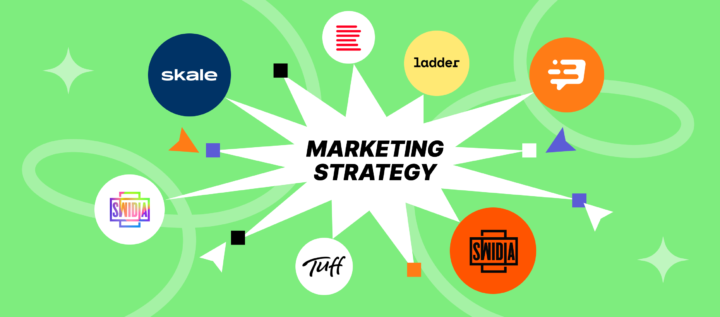How to carry out a growth marketing test and analyze results

Earlier, we discussed how to develop strong hypotheses in growth marketing and select the most important for testing. Now, let’s discuss how to test these hypotheses quickly, what tools to use, and what to do after the tests are completed.
The more you test, the faster you grow. By testing 10 hypotheses per week, you can increase your key metric by 5 times in a year. We can test 10-15 hypotheses per week, which means you can do it too.
Test growth hypotheses quickly and without developers with Dashly

How to test growth marketing hypotheses
Test 10-15 hypotheses per week with no more than 6 hours for each launch.
Do everything quickly. For this, always keep in mind minimum viable products (MVP) — make some minimum that will allow you to understand if the growth hypothesis works. Try to avoid developing everything at once: from the start to the end. Growth hacking canvas will help you keep the step-by-step approach.
The MVP approach will save your resources on projects that aren’t in demand.
Thanks! Here’s your copy of 100 growth ideas
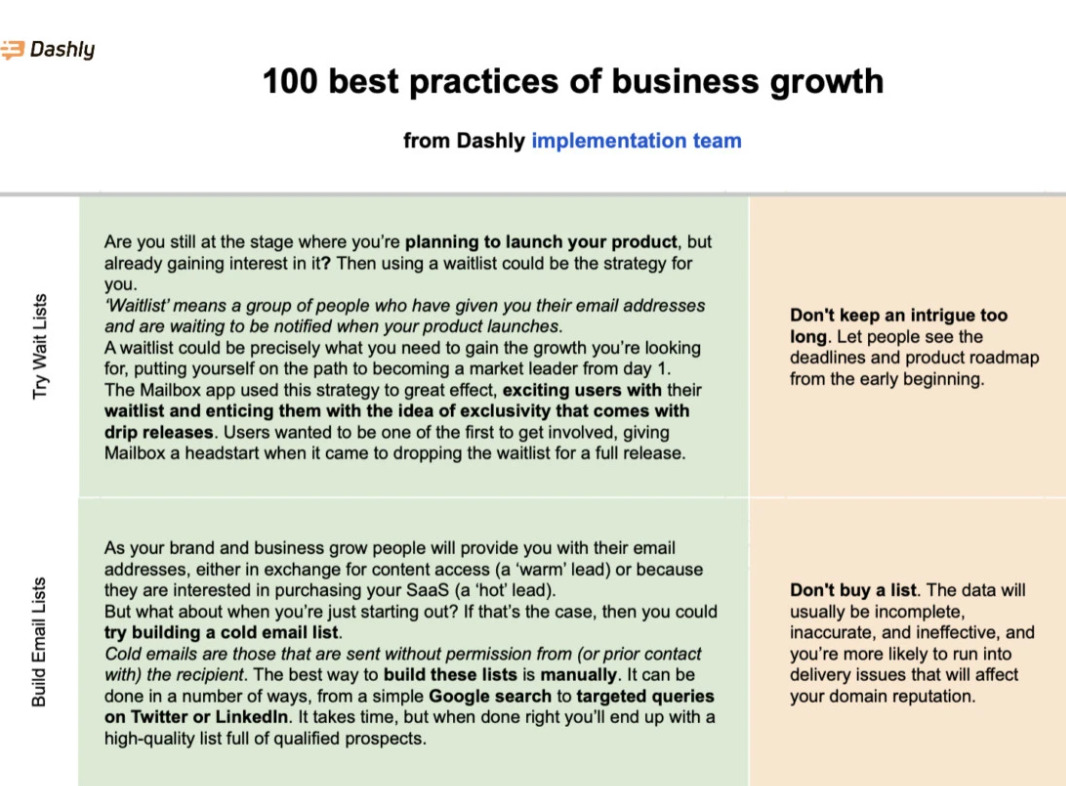
Example:
Our growth marketing team wants to implement chatbot scenario templates on our Dashly service website. This will help attract users. To check if this is true we don’t develop scenarios, we don’t spend time on copywriters, designers, or developers — it’s long and expensive.
Instead, we create a few creatives and offers and test them on Facebook advertising from a fake account. By the clickability of the ads, we can understand whether such templates excite users. Get more growth hacking Facebook ideas if you’re active on this social media.
For example, Dmitrii CEO of website builder company, used Dashly to determine whether to implement a new feature. Instead of immediately spending time and money on development, design, and management, he created an MVP version of the feature, created pop-ups and emails in Dashly, explained its value, and tracked users’ interest in it.
Even at the testing stage, Dimitri earned $1,221 on the MVP feature and decided to scale up his idea.
Test growth hypotheses with Dashly. 7-days free.
Suppose we want to test whether we should compare the Dashly live chat with competitors’. How? We collect a comparison table and offer it to visitors via chatbot.
If we want to test the video, we shoot a simple selfie video. If we’re going to test a whole landing page, we build it ourselves in a website builder.
Everything is based on this logic.
The quality is not particularly important for hacking growth. One time, Polina came up with an offer to attract online schools. She wrote the idea for the video, but not a script.
Our growth master offered help. She came up with a script, and hastily recorded a video explaining her idea. The team leader fell in love with this video and decided to post it as it was.
As a result, this video is still in the top 10 of the most successful growth marketing hypotheses. After a while, we re-recorded it in a better quality and got the same metrics.
If you need inspo for your experiments, check out our growth marketing playbook with over 40 hypothesis ideas from Dashly and our customers.
Record the status of each hypothesis
To quickly identify problems, hold daily team meetings in the morning and discuss:
- The growth marketing test phase.
- How it is progressing.
- If anything blocks it.
You can record the stages of growth marketing hypotheses and add the necessary data for them in Favro. This way, anyone interested can see the required information about a specific experiment. And this systematic approach helps develop your marketing growth strategy.
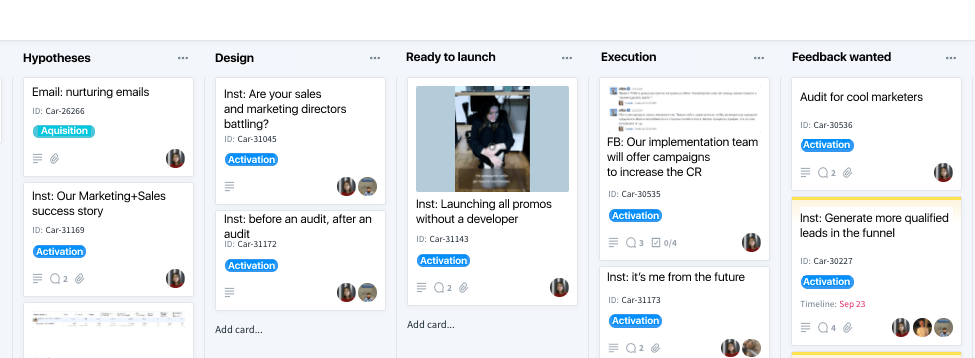
Read more:
Test the hypothesis until you have statistically significant data
If you need no more than 6 hours to launch each hypothesis, the testing itself can last much longer until statistically significant data is collected. For example, testing offers or creatives in Facebook advertising takes 3-4 days. There is a large audience, so the necessary data is collected quickly.
But if you are testing a landing page with little traffic, everything can take 1-2 months. It’s just one of many growth hacking examples.
If there is a lot of traffic on your website, the Dashly chatbot can help you quickly test growth hypotheses. We launched it on our blog to see if we would get requests for a demo of the Dashly service. We received the first requests the next day after the launch.
The test took only two weeks.
How to analyze test results
When testing is over, see what results you have achieved for the target growth marketing metrics, the ones you described when answering the questions while forming the hypothesis. Use an analytics system for this. We analyze all the basic metric information through a cross-channel analytics system. Pay attention to analytical instruments while choosing growth hacking tools.
In a platform we used, you can see the big picture:
- which advertising campaign caught the user,
- how much it cost,
- did the user convert to a request,
- and did they pay for the product, service, or subscription.
Such analytics helps understand the benefits the growth team brings to the company, how effective their work is, and how much the investment in the team and paid channels pays off. Analytics is essential for B2B growth marketing.

In addition, we use Dashly analytics because we test many hypotheses through it. For example, we look at email and chatbot analytics in it. Dashly lets you see basic message metrics: the number of sent and delivered emails and the percentage of opens and clicks.
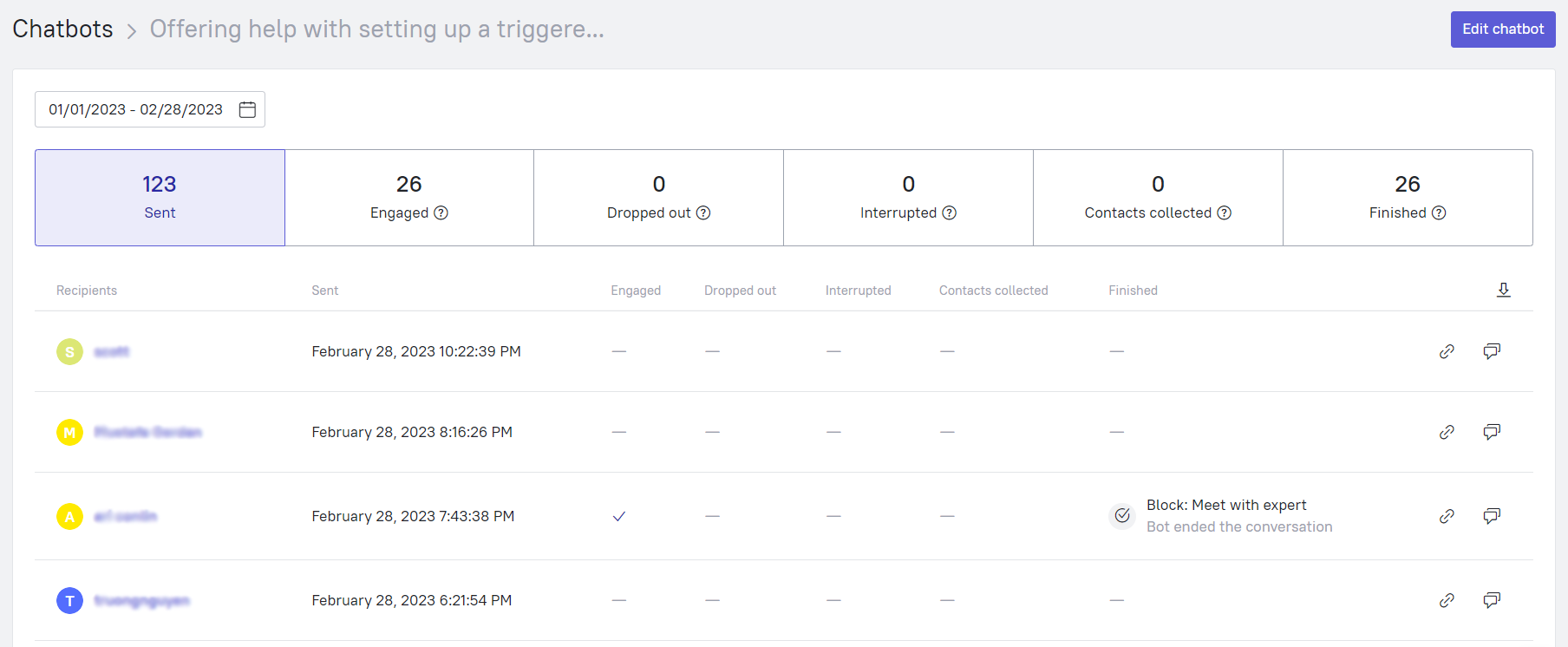
After testing, collect as much data as possible
This will help you understand why the growth marketing hypothesis was successful or unsuccessful. Analytics also helps know whether the hypothesis needs to be tested again. Data-driven decisions are essential for both B2C and B2B growth hacking strategies.
Example: we tested an email campaign announcing an event through the Dashly platform. We wanted to get 30 registrations for it, but only got 5. We looked at the metrics for this campaign in our service analytics and realized that the open rate was only 3%.
That’s it, most people didn’t even see our offer. In this case, it is worth testing the campaign again but coming up with a more successful email subject line.
What to do with tested hypotheses
- If the growth marketing hypothesis is successful, scale it to paid channels. Or pass it on to another team, such as production or content team, to work on it qualitatively, make a beautiful design and layout, and release it.
- If the hypothesis is unsuccessful, and you have tried all options to make it work, close it.
- Share the conclusions on the hypotheses and new SaaS growth hacks you found with the concerned teams. Explain based on them what not to do.
We share the results of all hypotheses with the marketing team. And we tell the whole company about the most interesting ones once a month.
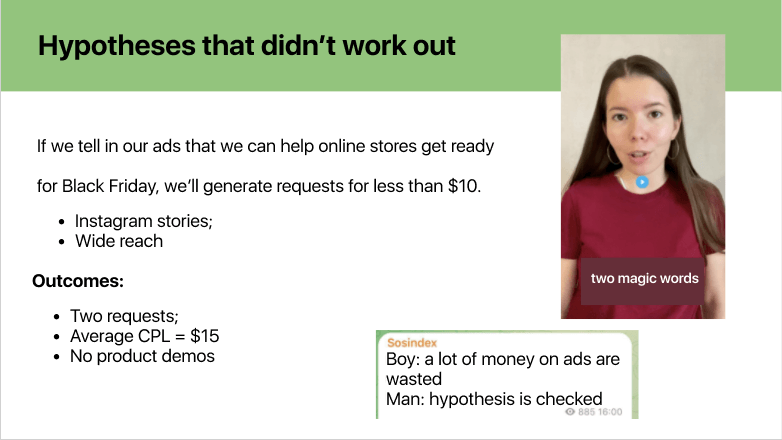
Read our article on growth marketing tips for more!
Let’s review
How to test hypotheses in growth marketing?
- To test 10-15 hypotheses weekly, spend no more than 6 hours on launching each hypothesis. Use the MVP approach.
- Record the status of each hypothesis.
- Test the hypothesis until you have statistically significant data.
How to quickly create MVPs for tests?
Special services and tools can help you with this. We’ve collected them in our article: 50 useful tools for growth hackers that make testing hypotheses easier.
How to analyze test results?
- When testing is complete, look at the results you achieved for the target metrics.
- Collect as much data as possible after testing to understand why the hypothesis was successful or unsuccessful.
What to do with tested growth hypotheses?
- If the growth hypothesis test was successful, scale it up.
- If the growth hypothesis test was unsuccessful, and you have tried all the options to make it work, close it.
- Share conclusions about hypotheses with the teams they affect. Explain, based on these conclusions, what not to do.
Read also:
- Growth Product Manager: Charting new frontiers in product scaling
- 20 product led growth examples to inspire your team [expert edition]


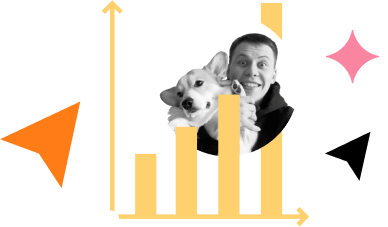



![25 growth hacking books [recommended by Dashly growth hackers]](https://www.dashly.io/blog/wp-content/uploads/2023/05/Growth-Hacking-Books-720x317.png)
